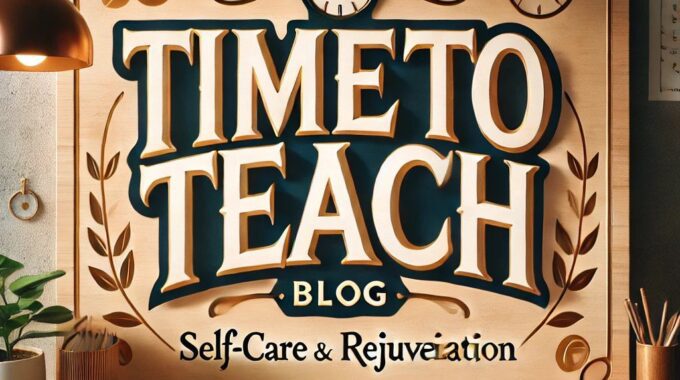As we turn the corner into spring, it’s the perfect time to refresh our teaching…
5 Practical Tips for Every Teacher: Research-Based Strategies for Success
As a teacher, I know how demanding and rewarding this job can be. Some days, you’re on top of the world—everything clicks, and the students are fully engaged. Other days… well, we all know how those go. But through it all, I’ve learned that there are a few tried-and-true strategies that consistently help me be the best teacher I can be, and research backs them up. Whether you’re a new teacher or have years of experience, these simple tips can make a big difference in your classroom.
1. Build Relationships Before Content
It’s no secret: students learn best when they feel connected to their teacher. According to research by John Hattie, positive teacher-student relationships have a significant effect on student achievement. When students feel safe, respected, and cared for, they are more likely to engage, ask questions, and take risks in their learning.
How to do this:
- Greet each student by name as they walk into your classroom.
- Take a few minutes at the beginning of class to ask about their weekend or what’s going on in their lives.
- Share a bit about yourself too—students appreciate knowing you’re human!
2. Set Clear Expectations and Routines
Consistency is key in any classroom. Students thrive when they know what’s expected of them and what routines they need to follow. Research by Marzano et al. shows that establishing classroom rules and procedures can improve student behavior and engagement.
How to do this:
- Develop classroom routines from day one, such as how to enter the classroom, submit homework, or ask for help.
- Clearly post classroom rules and discuss them with students.
- Be consistent. If a rule is important enough to set, it’s important enough to enforce every time.
3. Incorporate Movement
Sitting still for long periods is tough for anyone, but especially for kids. Studies have shown that incorporating movement into lessons can improve focus, behavior, and even academic performance. A 2013 study published in the Journal of Educational Psychology found that students who engaged in short bursts of physical activity had improved cognitive function.
How to do this:
- Try “brain breaks” where students can stand up, stretch, or do a quick activity.
- Use movement in your lessons. For example, have students walk around the room to discuss ideas with peers or move to different stations during an activity.
- Consider adding flexible seating options like yoga balls or standing desks.
4. Use Positive Reinforcement
We’ve all heard about catching students being good, and it turns out, there’s science behind it. According to behaviorist research, when we reinforce positive behavior, students are more likely to repeat that behavior. The key is to make the reinforcement meaningful and specific.
How to do this:
- Instead of saying “Good job,” try, “I love how focused you were during that activity.”
- Offer praise in front of peers to build a supportive classroom community.
- Use small rewards (stickers, extra break time) to recognize outstanding effort, but remember that verbal praise can often be just as powerful.
5. Embrace Growth Mindset
Carol Dweck’s research on growth mindset has revolutionized how we think about learning. Students who believe that their abilities can improve with effort are more likely to persevere through challenges. As teachers, we can help foster this mindset in our students by praising effort rather than intelligence.
How to do this:
- Encourage students to see mistakes as learning opportunities. When a student makes an error, ask them, “What can you learn from this?”
- Use language like “You’re not there yet” instead of “You can’t do it.”
- Model a growth mindset yourself by sharing times when you’ve had to work hard to learn something new.
As teachers, we’re constantly juggling a million things, but taking the time to implement these simple, research-backed strategies can make a world of difference in our classrooms. Teaching isn’t easy, but with the right tools and mindset, we can help every student succeed. Keep going—you’ve got this! 😊
Feel free to share any strategies that have worked for you in the comments. Let’s learn from each other!

